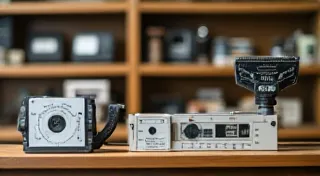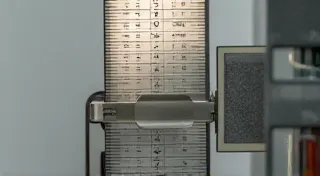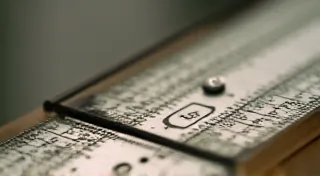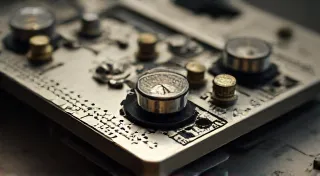Slide Rule Accessories: Finding and Using Scales, Cases, and More
Beyond the core slide rule itself, a whole ecosystem of accessories existed to enhance its functionality, protect it from damage, and improve the user experience. Collectors and enthusiasts often find these accessories just as fascinating as the slide rules themselves, offering a glimpse into the tools' history and intended usage.
Scales and Discs: Expanding Functionality
The standard slide rule provides a limited range of scales. However, users frequently needed to perform calculations beyond the capabilities of a basic model. This led to the creation and widespread use of supplemental scales and discs.
Supplementary Scales: These were often thin, printed sheets that could be taped or clipped onto the slide rule body, adding functionality like trigonometric functions (sine, cosine, tangent), logarithms to base 10, or conversion tables. Finding scales that perfectly match your slide rule’s dimensions can be tricky, but well-preserved examples are highly sought after.
Circular Discs (Circular Scales): These discs, often made of metal or plastic, contained complex sets of scales arranged in a circular pattern. They allowed for quick and accurate calculations of functions like logarithms and trigonometric values. Some models were designed to fit directly onto the slide rule body, while others were meant to be used alongside it.
Finding the correct discs for your specific slide rule is essential for accurate calculations. Look for markings that indicate compatibility with particular manufacturers and models.
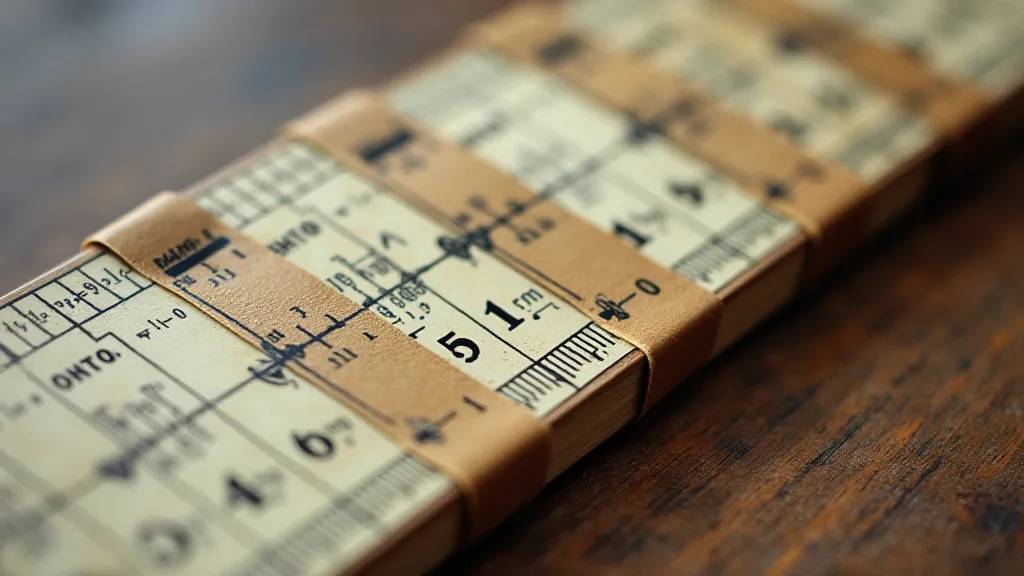
Cases: Protecting Your Investment
Slide rules, especially those made of delicate materials like ivory or bakelite, were vulnerable to damage. Consequently, cases were commonplace and served to protect them from scratches, impacts, and temperature fluctuations.
Leather Cases: Often handcrafted, these cases provided a robust layer of protection. They're typically well-worn and carry character, telling a story of their previous owner.
Felt-Lined Cases: These offered a softer level of protection, often found with higher-end slide rules. Look for cases with intact lining to prevent scratches.
Original Cases: Matching the original case significantly enhances the value and historical significance of a slide rule. Many cases are missing, so finding one that belongs to your specific model is a lucky find!
Instruction Manuals and Guides
Learning to use a slide rule effectively requires practice and a good understanding of the scales and their applications. Original instruction manuals, often provided with new slide rules, were vital for this.
These manuals explained the different scales, demonstrated calculation techniques, and provided a deeper understanding of the tool's capabilities. Even if you're an experienced slide rule user, these manuals offer valuable historical context and insights into the methods of calculation used at the time.
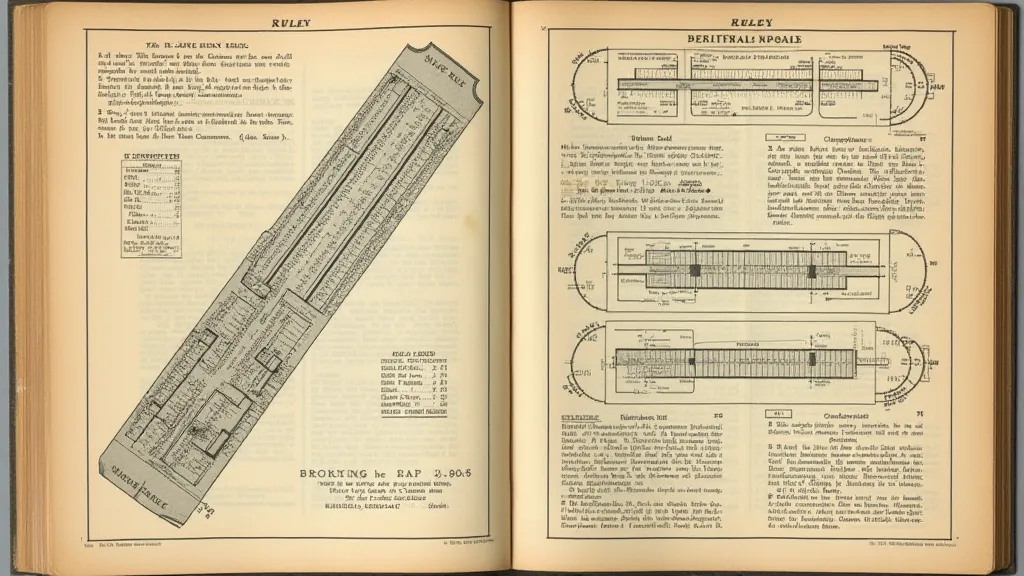
Finding and Identifying Accessories
Antique tool markets, online auction sites, and collector forums are excellent places to search for slide rule accessories. Careful observation and research are essential.
Markings and Labels: Pay close attention to any markings or labels on the accessory. These often indicate the manufacturer, model compatibility, and original purpose.
Condition: The condition of accessories significantly impacts their value and usability. While some wear and tear is expected, avoid items with severe damage or missing components.
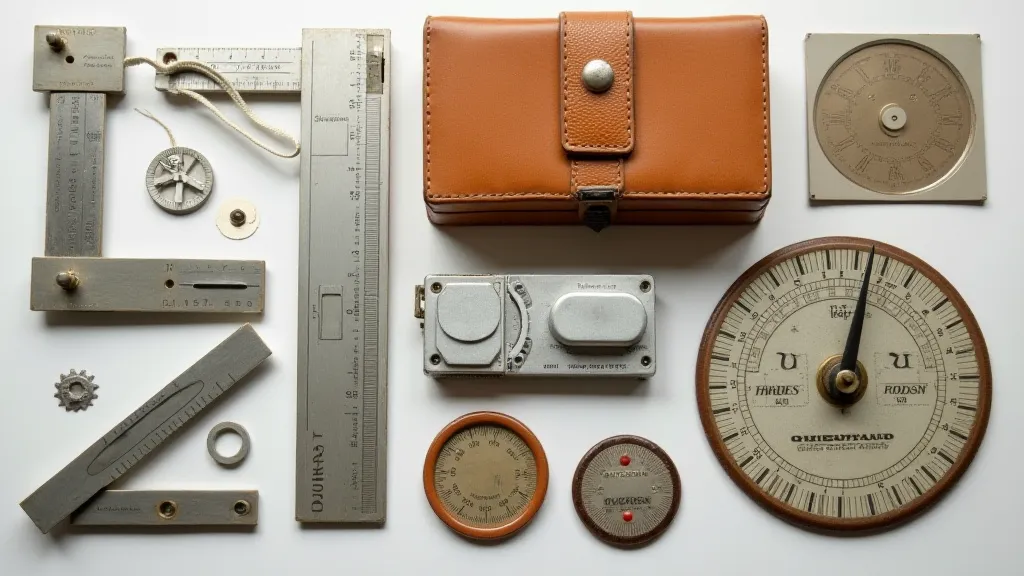
Collecting slide rule accessories is a rewarding way to deepen your appreciation for these fascinating tools and preserve a piece of engineering history.

